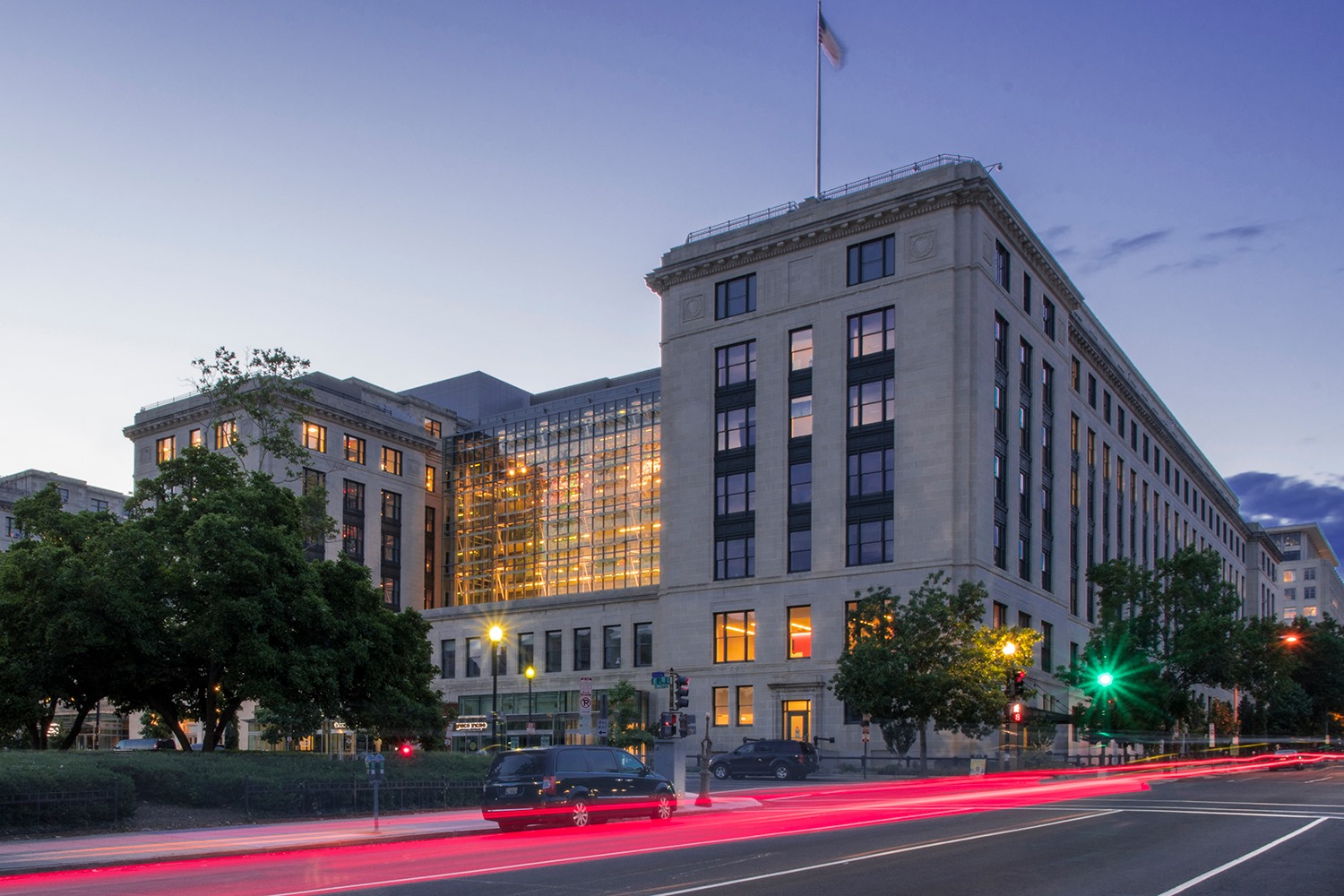Well, the ongoing
Volpe Redevelopment for one. Of the others the Fort Point Post Office is probably top of the pile, but that one is probably more valuable to the MBTA than as Residential. Otherwise, the list of federal sites in Urban Boston is fairly slim - O'Neill & JFK office buildings, McCormack & Moakley Courthouses, Federal Reserve Building, FBI Chelsea, the USCG base in the North End ... With the possibile exception of the JFK low rise, none seem likely prospects.
GSA New England Region owns and manages these Federal Buildings in Massachusetts.

www.gsa.gov

